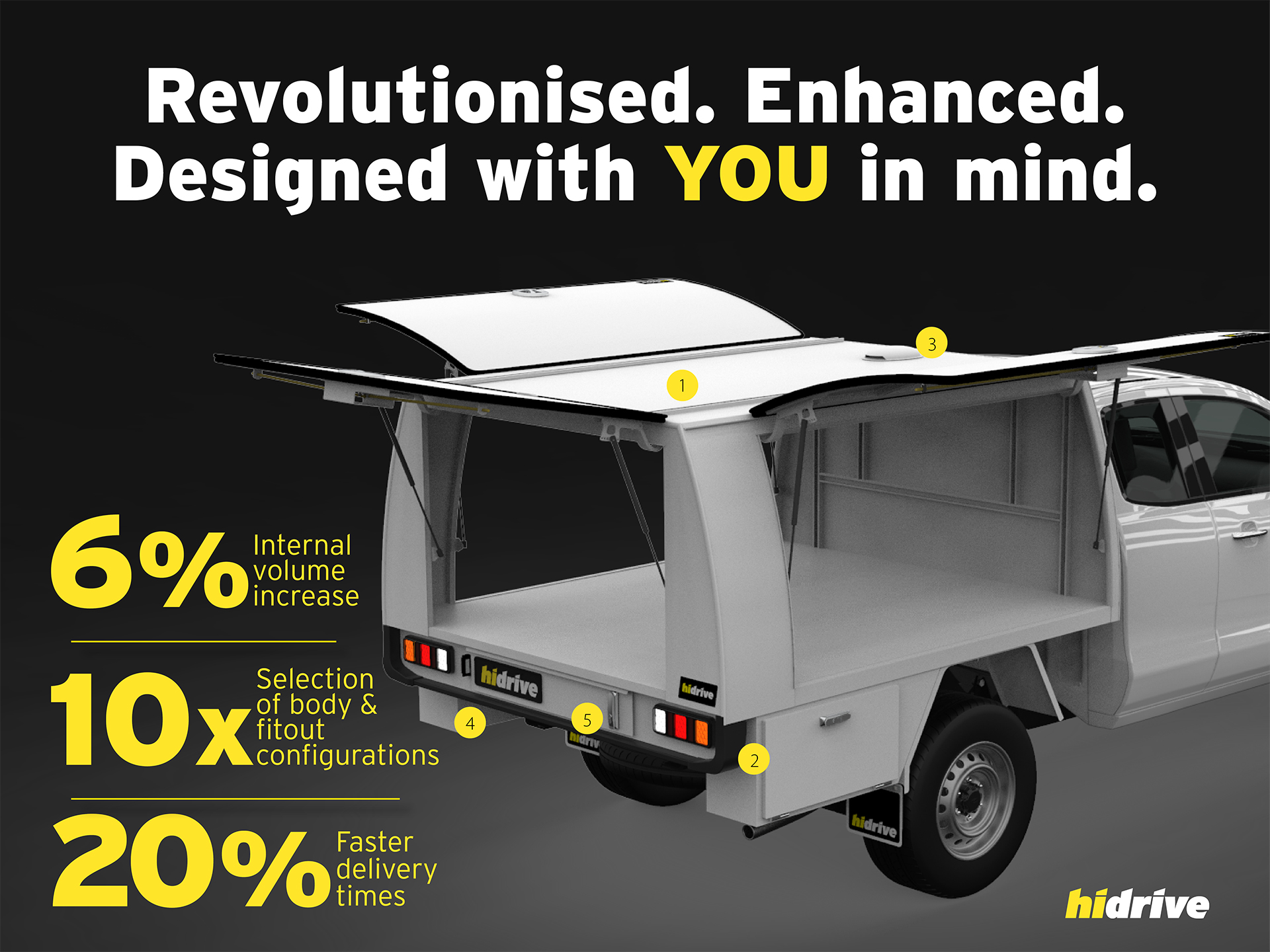

You'll find that some ordinary "Type-A" USB ports (the rectangular USB ports we are all used to) in recent-model systems also claim support for USB 3.2. To complicate matters, though, "USB Type-C" technically refers to the shape of the plug, while USB 3.2 is the spec having to do with the speed over that interface. USB Type-C is a slim, oval-shaped port with a cable that you can insert in either of two directions.
HIDRIVE PORTABLE PRO
It's now common on new Windows PCs, and a staple in all the latest MacBook Air and Pro laptops (in the case of the Macs, paired with support for Thunderbolt 3 on the same ports). On the USB front, the latest interface is called USB 3.2 or USB Type-C, and it first made headlines by appearing in the super-thin 2015 version of the Apple MacBook. But you'll need ports to match them on your computer, and again, the real-world speed ramifications aren't as big a deal as they might sound. They offer twice the potential bandwidth of previous implementations.

USB 3 AND THUNDERBOLT 3 (IT'S A TANGLE). Newer and faster versions of both USB and Thunderbolt have been rolling out in some external drives over the last couple of years. That said, both of these interfaces are evolving, which leads us to. Just make sure the drive and system use matching and compatible versions of Thunderbolt, and don't assume it'll be any faster than what USB 3.0 offers.

A few makers of rugged drives, such as LaCie, still offer rugged drives with the legacy Thunderbolt interfaces, but know that those older interfaces are a dead end for future computers. If you have a older Mac with an original Thunderbolt or Thunderbolt 2 port and want a Thunderbolt drive to use with it, go ahead and pull the trigger.

Platter-based hard drives just aren't fast enough for it to matter much which interface you use. But adoption was limited, and on top of that, no single hard drive-based external drive can even begin to approach the limits of either interface. The version of Thunderbolt common from 2013 to a few years ago, Thunderbolt 2, offered four times the theoretical bandwidth of USB 3.0 (20Gbps for Thunderbolt, versus 5Gbps for USB 3.0). The latest iteration, Thunderbolt 3, makes the interface much more mainstream, and a new version, Thunderbolt 4, is emerging of late (though not yet really a factor in external drives).
HIDRIVE PORTABLE FOR MAC
You might be asking: Thunderbolt? Thunderbolt is no longer a specialized connector meant mainly for Mac users, though Mac usage still dominates. Also, these interfaces, in their latest iterations, actually overlap in terms of physical connectivity. Which one is best for your needs depends on the ports on the computer or computers you are using.
HIDRIVE PORTABLE PORTABLE
INTERFACE TYPE. The industry has settled on two main interfaces in external portable drives these days: USB 3 of various flavors (very common) and Thunderbolt (much less common). If you're the type of person who's suffered a drive failure "in the field" before-whether that's in your office, or climbing Kilimanjaro-these devices should keep you from suffering that pain again.īuying a rugged drive involves a lot of the same decision points you'd face with an ordinary external drive. In this guide, we'll walk you through the features most commonly found in rugged drives, and gather up the most impressive models we've reviewed.
HIDRIVE PORTABLE HOW TO
How to Set Up Two-Factor Authentication.How to Record the Screen on Your Windows PC or Mac.How to Convert YouTube Videos to MP3 Files.How to Save Money on Your Cell Phone Bill.How to Free Up Space on Your iPhone or iPad.How to Block Robotexts and Spam Messages.


 0 kommentar(er)
0 kommentar(er)
